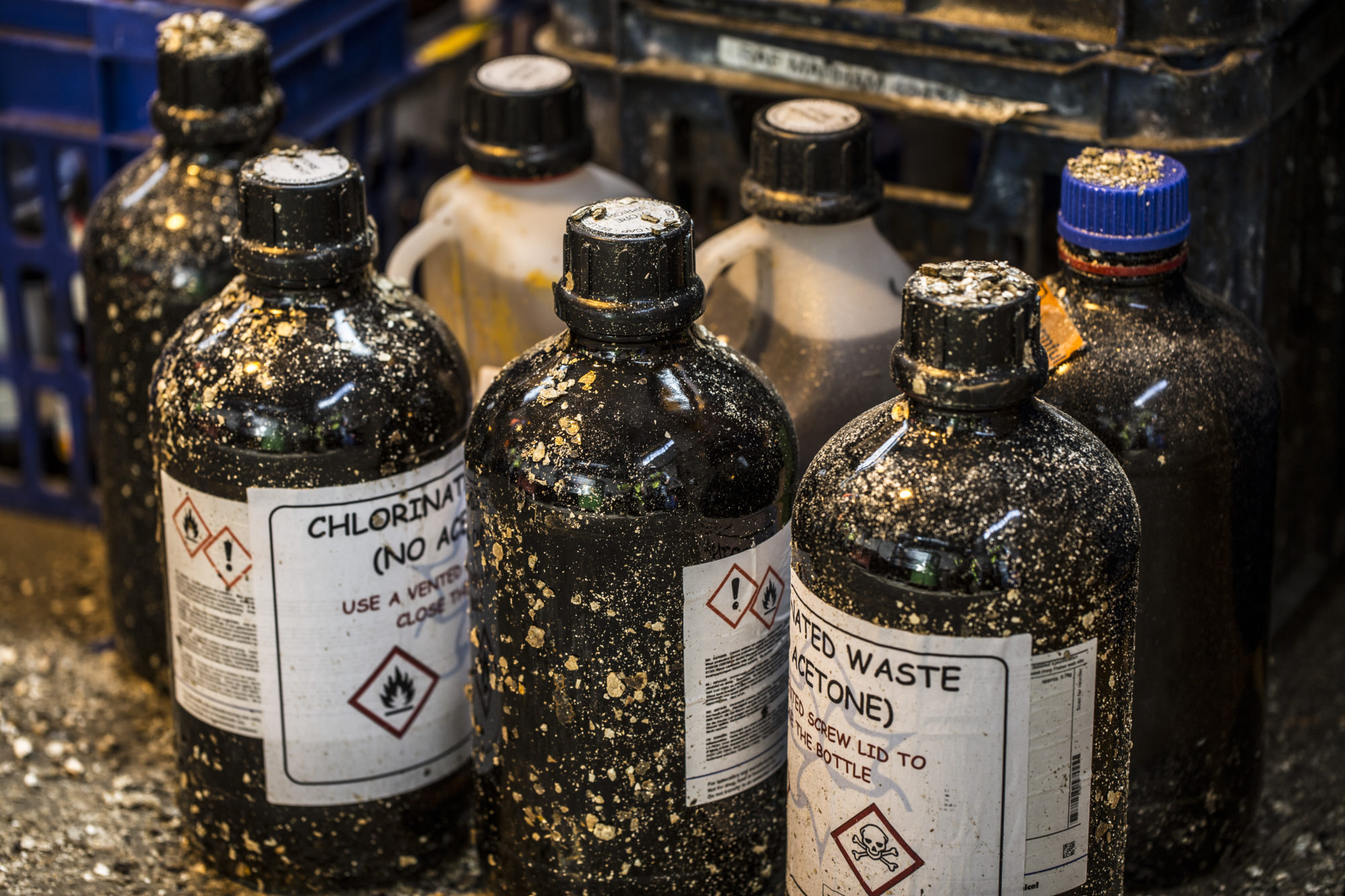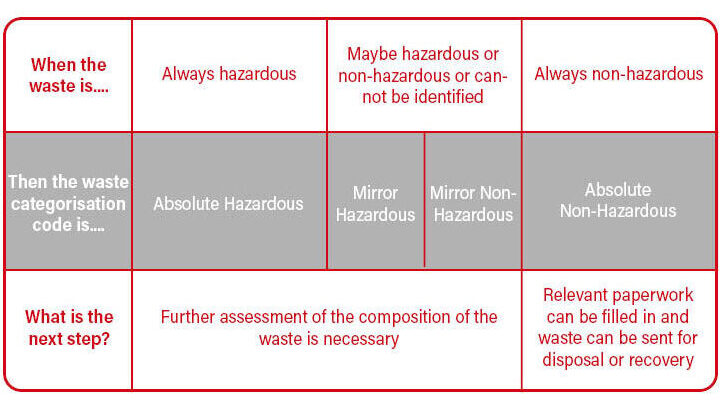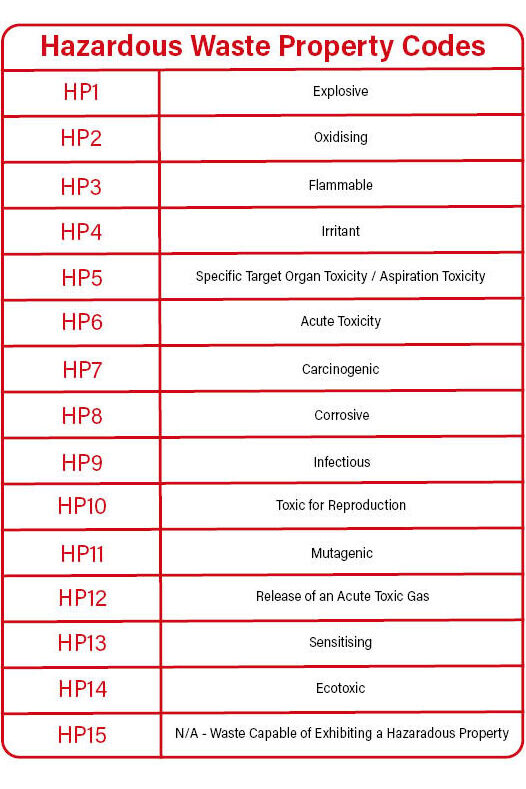Hazardous Waste Removal | Your Ultimate Guide
17 March 2023 by CSG

What is Hazardous Waste?
Hazardous waste is generally considered to be any waste that is harmful to human health, animals, or the environment. This also includes materials or substances the waste contains. In this blog we will be discussing chemical hazardous waste disposal, as opposed to radioactive or biohazardous waste disposal.
Some examples of hazardous waste include:
- asbestos
- chemicals, such as brake fluid or print toner
- pharmaceuticals
- batteries
- solvents
- pesticides
- oils (except edible ones), such as car oil
- equipment containing ozone depleting substances, like fridges
- hazardous waste containers
It can be difficult to understand all regulations for hazardous waste disposal. This is why we have put together this easy-to-follow hazardous waste guide to help make your life easier.
How to store hazardous waste
Hazardous waste needs to be stored in a safe and secure manner. This helps to prevent spills, leaks or any other type of release that may harm human health or the environment. The general guidelines to storing hazardous waste are:
1. Use appropriate containers – These should be UN rated and be made of a compatible material to the waste. They should have no leaks or damage and have a tight-fitting secure lid.
2. Store in a designated area – This should be secure and have signs indicating the type of waste stored, as well as any precautions that should be taken.
3. Separate any incompatible waste.
4. Do not mix waste – Mixing waste streams in a single container can lead to additional treatment costs far exceeding if the waste treated separately and can be dangerous. For more information checkout the UK government guidelines.
5. Store waste away from heat or ignition sources – Particularly if it’s flammable.
6. Be prepared for a spill – Make sure that suitable spill prevention and response measures have been put in place.
7. Keep records – These should be for the amount, type and location of any on site hazardous waste. These may be required by regulatory agencies when visiting your site.
How to classify your waste
Classification is necessary for all types of hazardous waste.
All waste leaving an organisation’s premises need to receive a waste code classification from the List of Waste (LoW). LoW can also be called European Waste Catalogue (EWC).

There are three ways of determining the composition of the waste:
1. From the manufacturer safety datasheet. Do not use this if the composition of the manufactured product has changed.
2. When the waste is from a well understood industrial process and the composition of the wastes produced are well understood.
3. By sampling and analysing the waste to determine its composition.
After determining that the waste is hazardous, it is necessary to identify the waste’s hazardous properties. Numbered from HP1 to HP15 – these explain what makes the waste dangerous.

There are three methods to work out if a waste displays hazardous properties:
1. Calculating – referring to a concentration limit for a hazardous property code.
2. Testing – to prove whether a hazardous property is present or not.
3. The safety data sheet from the manufacturer. This is only available if the waste is a manufactured product whose composition has not changed.
How to dispose of hazardous waste
The UK Government & Environment Agency has set a number of guidelines for businesses and organisations on how to handle and dispose of hazardous waste.
You will need to gather some information before your waste is collected. This will aid you in streamlining the disposal process – saving you time & money!
1. Classify your waste
First, we recommend categorising your waste to determine whether or not it is hazardous. There are a few important things to consider when deciding this, including the waste classification code, where the waste was produced, the substance name and the production and storage guidance.
2. Make sure waste is segregated and stored in a suitable UN rated container
Once you have classified your waste, it is important to store it accordingly until it is collected and disposed of. You need to ensure all hazardous materials are stored in a safe and secure place.
3. Arrange the disposal of your waste with a licenced treatment site & suitable waste carrier
Once it is safely stored, you should arrange a hazardous waste collection service from a reputable and authorised waste management company. They should be registered to collect and dispose of hazardous waste from domestic and commercial properties and so can provide all relevant and necessary certification.
It is vital that your selected waste carrier is registered and that the treatment site has the required environmental permits for your waste. The waste producer is still responsible for the waste even after it has left your site. CSG uses our own in-house transport, making life much easier and taking out the middleman. This will help you to save money and time arranging your waste collection.
4. Complete the consignment note sections that apply to you
This stage is among the most important to remember when getting rid of your hazardous waste. Every waste collection and disposal company should provide you with a transfer note as part of your duty of care. This should be signed by both parties and detail a clear audit trail of the waste’s lifespan – from production to disposal.
CSG will assist you with putting a consignment note together for your waste. We will require you to sign off that all details are correct before the waste leaves your site. For more info on how to do this yourself, check out the video below:
5. Keep transfer note records for 3 years at the site where the waste was produced/stored
The waste transfer note is an imperative part of ensuring all waste carriers are credible, legal and responsible when disposing of waste. Failure to do so means that if hazardous waste is disposed of illegally, then you will be held partly responsible according to UK law.
If you need assistance with your hazardous waste management, CSG’s Hazardous Waste disposal service is here to help! Read more about our hazardous waste services here, and give us a call on 0800 011 6600 or fill out our enquiry form.
